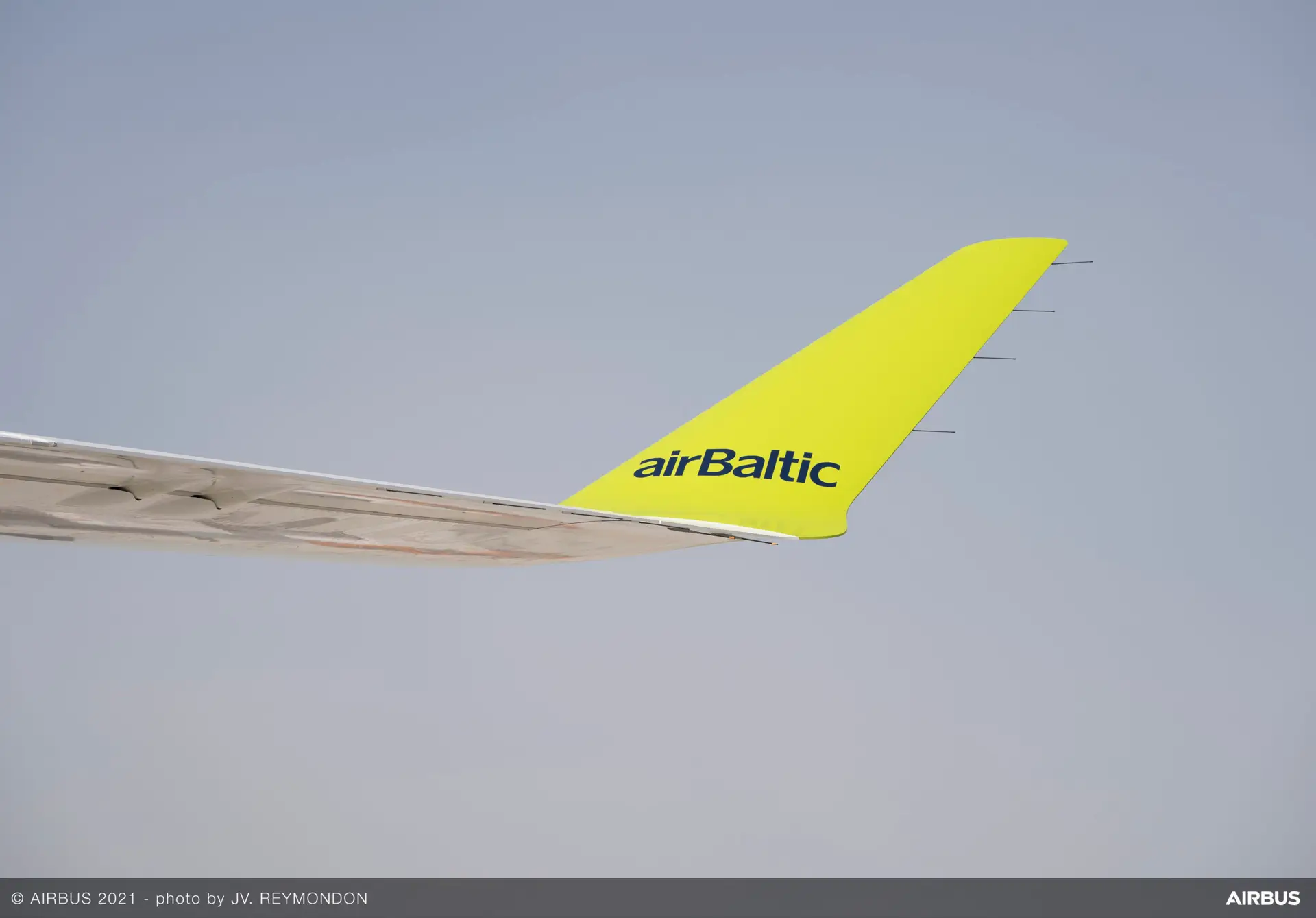In recent years, the aviation industry has faced increasing pressure to reduce its carbon footprint and embrace more sustainable practices. With the growing concern over climate change, airlines are now looking towards innovative solutions to mitigate their environmental impact. Sustainable aviation has become a key focus for many airlines as they seek to adopt new technologies, fuels, and operational efficiencies to reduce emissions and promote a more sustainable future for air travel.
Embracing New Aircraft Technologies for Greater Fuel Efficiency
A pivotal stride towards sustainable aviation is the integration of cutting-edge aircraft technologies aimed at enhancing fuel efficiency. The aviation sector is witnessing a significant transformation with the introduction of next-generation aircraft. These marvels of engineering are designed to be lighter and boast superior aerodynamics, which plays a crucial role in reducing drag during flight. Moreover, they are equipped with state-of-the-art engines that have been meticulously engineered to consume less fuel. This technological leap not only contributes to a considerable reduction in greenhouse gas emissions but also offers an economic advantage by curbing operating expenses for carriers. Such advancements underscore the commitment of the aviation industry to pioneer environmentally friendly solutions that align with the goal of minimising its ecological footprint. By prioritising these technological innovations, airlines are not just responding to the urgent call for sustainability but are also setting new benchmarks for efficiency in air travel. This shift towards adopting more fuel-efficient aircraft is a testament to the industry’s resolve to spearhead the transition towards a greener and more sustainable future, ensuring that the skies remain open for generations to come without compromising the health of our planet.
Adoption of Sustainable Aviation Fuels to Reduce Emissions
A central element in the pursuit of sustainable aviation lies in the transition towards Sustainable Aviation Fuels (SAFs), which are essential in curbing aviation-related emissions. These fuels are sourced from renewable resources, including non-edible plants, agricultural and forestry residues, or even used cooking oil and non-recyclable waste. Unlike conventional jet fuels, SAFs release a significantly lower amount of carbon dioxide during combustion due to their renewable origins, offering a greener alternative that could potentially revolutionise the industry.
Airlines across the globe are steadily incorporating SAFs into their operations, acknowledging their role in achieving emission reduction targets. This shift is facilitated by technological advancements and growing collaborations between fuel suppliers, aviation companies, and research institutions aimed at enhancing the scalability and economic viability of SAF production. Despite challenges such as current production levels and cost implications, the commitment to integrating SAFs underscores the aviation sector’s proactive approach to environmental stewardship.
The adoption of SAFs is complemented by continuous efforts to improve fuel efficiency through innovative aircraft design and operational strategies, thereby amplifying the impact of sustainable fuels. As the aviation industry moves forward, the expanded use of SAFs will be instrumental in propelling it towards a more sustainable trajectory, aligning with broader environmental objectives and reinforcing the sector’s dedication to safeguarding our planet for future generations.
Implementing Operational Efficiencies to Minimise Environmental Impact
To achieve a marked decrease in their environmental footprint, airlines are prioritising operational efficiencies. These strategies encompass a broad spectrum of activities, from the refinement of flight paths to the diminution of time spent taxiing on runways, alongside the adoption of more effective ground handling procedures. By refining these aspects of their operations, airlines can substantially cut down on unnecessary fuel usage, directly translating to lower emissions.
Optimising flight routes, for instance, involves leveraging advanced navigation technologies and real-time weather data to identify the most fuel-efficient paths. Similarly, enhancing ground handling processes and reducing the use of auxiliary power units while aircraft are on the ground contribute significantly to these efforts. Another key area of focus is the implementation of single-engine taxiing practices, which reduce fuel consumption during the critical phases of ground operations.
Moreover, the aviation industry is exploring the potential of electric-powered ground support equipment and vehicles as part of a broader initiative to decrease dependency on fossil fuels and minimise CO2 emissions at airports. These concerted efforts in operational efficiency not only underscore the airlines’ commitment to sustainability but also reflect a holistic approach to environmental stewardship within the sector. By embracing these practices, the aviation industry takes critical steps towards a more sustainable operational model, paving the way for a future where air travel has a diminished impact on our planet.
Offsetting Carbon Emissions Through Carbon Credit Programmes
In an era where environmental responsibility is paramount, airlines are increasingly engaging in carbon credit programmes as a strategic measure to counterbalance their carbon emissions. These initiatives involve the acquisition of carbon credits, each representing a tonne of carbon dioxide either removed from the atmosphere or prevented from being emitted. Through this mechanism, the aviation sector invests in a diverse array of projects that are beneficial to the environment, ranging from the promotion of renewable energy sources and the enhancement of energy efficiency to the protection and restoration of ecosystems.
By participating in these programmes, airlines contribute to the financing of projects that might otherwise lack the necessary funding, thereby playing a pivotal role in global efforts to combat climate change. The projects supported through carbon credits not only focus on carbon mitigation but often bring additional benefits such as biodiversity conservation, improvement in air and water quality, and socio-economic advantages for local communities.
This approach enables airlines to address their carbon footprint in a meaningful way, supplementing direct emission reduction measures such as adopting sustainable aviation fuels and improving operational efficiencies. It signifies the industry’s acknowledgement that while technological innovations and operational improvements are critical, fully neutralising their environmental impact requires a multifaceted strategy.
Carbon credit programmes thus serve as an essential component of the aviation industry’s broader sustainability endeavours. They facilitate a transition towards more environmentally friendly operations by ensuring that the sector’s unavoidable emissions are compensated for through investments in projects that yield verifiable environmental benefits. Engaging in these programmes reflects the airlines’ commitment to a sustainable future, demonstrating a proactive stance in environmental stewardship and a recognition of the importance of collective action in addressing the challenges of climate change.
Collaboration with Governments and Organisations for Sustainable Policies
The nexus between airlines, governmental bodies, and organisations is pivotal in shaping the trajectory towards a sustainable aviation framework. Active collaboration is at the heart of driving substantial progress in formulating and implementing policies that underpin the environmental objectives of the aviation sector. These partnerships facilitate the crafting of regulatory standards and practices that are not only environmentally sound but also economically viable for airlines. By engaging in dialogue and joint initiatives, stakeholders can harness a collective expertise to overcome barriers to sustainability, such as the scalability of sustainable aviation fuels (SAFs) and the integration of new technologies.
One significant outcome of such collaborations is the development of ambitious emission reduction targets, which serve as a guiding beacon for the industry’s sustainability efforts. Regulatory bodies play a critical role in setting these targets, offering incentives for their achievement and ensuring compliance through monitoring and reporting mechanisms. Meanwhile, non-governmental organisations (NGOs) and industry associations contribute valuable insights and advocacy, pushing for higher standards and fostering a culture of continuous improvement.
Furthermore, these collaborative endeavours often result in the creation of platforms for knowledge exchange and the development of pilot projects that test innovative solutions in real-world scenarios. Through such initiatives, airlines can experiment with new approaches to reducing their environmental impact, with the support and guidance of regulatory and advisory entities. This symbiotic relationship between the aviation sector and its regulatory and organisational partners is indispensable in moving the needle towards a more sustainable and environmentally friendly future in air travel.
Engaging Passengers in Sustainability Efforts and Awareness Campaigns
Airlines are increasingly recognising the pivotal role passengers play in the journey towards more sustainable air travel. Initiatives aimed at involving travellers in these green efforts are gaining momentum, reflecting a shift towards a collective responsibility for the planet. Airlines are developing interactive platforms and initiatives that enable passengers to understand their carbon footprint better and provide practical ways to mitigate it.
This includes offering options for passengers to contribute to carbon offsetting programmes directly related to their flights, promoting the selection of SAF-based travel options where available, and educating them on the environmental benefits of choosing eco-friendly travel packages.Moreover, airlines are launching awareness campaigns that highlight the importance of individual actions in reducing environmental impacts. These campaigns often feature information on the airline’s sustainability achievements and ongoing projects, thereby fostering a sense of shared commitment and transparency.
Through these communications, passengers are encouraged to adopt more sustainable travel habits, such as opting for electronic boarding passes, participating in recycling programmes on board, and choosing airlines that demonstrate a strong commitment to environmental stewardship.By engaging passengers in these sustainability efforts, airlines are not only enhancing their own environmental initiatives but are also cultivating an eco-conscious travel community. This collaborative approach underscores the fact that achieving significant reductions in the aviation industry’s carbon footprint requires the involvement of all stakeholders, including the passengers themselves. Through education and active participation, airlines and travellers alike can contribute to a more sustainable future for aviation, ensuring that the marvel of flight remains compatible with the health and well-being of our planet.








